Turns out I am leaving Barcelona the day before La Mercè, the biggest street party of the year for the city. La Mercè is four days of festivities with giants, human towers and fire spewing beasts. Sounds like the city explodes with sound and fireworks.
Many of the streets and squares around Barcelona were in the process of setting up stages and shops as I walked around the city yesterday. There are something like 800 events happening in association with La Mercè Festival.
Here is the origin of La Mercè from the official website:
La Mercè, patron saint of Barcelona
The legend goes that on the night of 24 September 1218, the Virgin appeared simultaneously to King Jaume I, Saint Pere Nolasc and Saint Ramón de Penyafort. She asked all three to create an order of monks dedicated to saving Christians imprisoned by the Saracens. It was the time of the wars of religion.
Centuries later in 1687, Barcelona suffered a plague of locusts, and placed itself in the hands of the Virgin of La Mercè. Once the plague had been overcome, the Council of the City named her patron saint of Barcelona. The Pope did not ratify this decision until two centuries later, however, in 1868.
The origins of the Annual Festival
After Pope Pius IX declared the Virgin of La Mercè the patron saint of the city, Barcelona began to celebrate a festival in the month of September. La Mercè really took off in 1902, when under the impulse of Francesc Cambó, the festival became the model the those that are currently held all over Catalonia. However, the history of La Mercè would suffer many high and low points that extended throughout the Civil War and the years of Franco.
The Festival today
With the arrival of democracy, La Mercè became a truly popular celebration thanks to the participation of organisations from all over the city. Today it is a festival held in a large number of public places with a programme centred on Mediterranean culture. In less than a week Barcelona brings together a huge programme of events which forces you to choose between them: street arts, street processions, concerts, traditional dances…
Besides the music and street fairs are several major events including the Giants Parade (Gigantes), Human Towers (Castellers) and the Fire Run (Correfoc) where fire spewing beasts spray the crowds. The Barcelona-Tourist-Guide.comsays to bring a hat, protective glasses and long sleeves to keep from being burned and injured.
Sounds fun, right?
Homepage photo on official La Mercè website.
I’ll be heading to Girona and the Pyrenees rather than being a man on fire in Barcelona.
Turns out that yesterday I saw some Giants while in Las Ramblas section of Barcelona.
Barcelona Gigantes at Lavirreina, Center de la Imatge.
Jaume I and Violant of Hungary.
The history of Barcelona’s giants dates back to the 15th century according to the sign and giant parades became a regular part of Barcelona festivities in the 17th century.
A little bit scarier are the fire spewing dragons.
Smaller raffia spewing dragon is more to my liking.
La Rambla is a 1.2km pedestrian zone and one of the most popular tourist destinations in Barcelona. I found myself inside La Boqueria, perhaps Barcelona’s oldest food market. The market place has existed for 800 years with a permanent structure dating from 1853 and the current metal roof from 1914.
La Boqueria, Barcelona
Gran Teatre del Liceu on La Rambla, Barcelona’s Opera House (1847)
Intriguing looking narrow alleyways were on either side of La Rambla and I ventured off to the left as I headed closer to the sea. There were Irish pubs on the street and I knew this was party zone central. The kind of place that can be fun and scary at night.
Barri Gòtic (Barcelona Gothic Quarter)
I walked through the arches and about this moment I fell in love with Barcelona.
Plaça Reial, Barri Gòtic district of Barcelona
Plaça Reial square is one of the main locations for music this weekend during La Mercè.
Heading out the square were some of the most interesting streets I walked in the Barri Gòtic. I really enjoyed this part of the city. This is a great place to walk during the day, although I can imagine the area might be troublesome at night on some of the narrow, dark alleys.
Barri Gòtic streets have many small restaurants, bars and boutique shops.
Tapas Bar in Barri Gòtic
Barri Gòtic
Barri Gòtic
Eventually I emerged from the narrow alleys of Barri Gòtic to find myself on Passeig de Colom, the wide avenue beside the seashore.
And I spotted the iconic W Hotel Barcelona on the waterfront. I started to walk there, but upon reaching the beach I decided to head back to my hotel since it was getting dark.
La Barceloneta beachfront
I walked the beach in the area of La Barceloneta and the beautiful park paths past the Ritz-Carlton Hotel Arts to get back to the Holiday Inn Express-City 22 in El Poblenou. The HIX hotel is only six blocks from the beach and the area seemed safer at night than I thought upon my arrival earlier in the day. I think I walked all apprehension out of my body.
Hotel Arts (Ritz Carlton Barcelona) is far left with metal frame around the building. This is the Olympic Village area of Barcelona.
Walking the waterfront of Barcelona I realized I have never been in a city where I saw so many people with rollerblades and skateboards. Loads of cyclists and joggers too. There were plenty of people on the streets exercising at 9pm after dark.
Time to possibly get wet. I have been sitting in my hotel room waiting for brighter periods after several heavy rain showers today. 1pm and I can’t sit around writing all day. Time for more Barcelona street life.
Loyalty traveler post link: http://loyaltytraveler.boardingarea.com/2012/09/19/street-life-in-barcelona-and-la-merc-festival/
Related Post: Oh My Gaudi, I’m in Barcelona (9/18/2012)
Ric Garrido, writer and owner of Loyalty Traveler, shares news and views on hotels, hotel loyalty programs and vacation destinations for frequent guests. You can follow Loyalty Traveler on Twitter and Facebook and RSS feed.



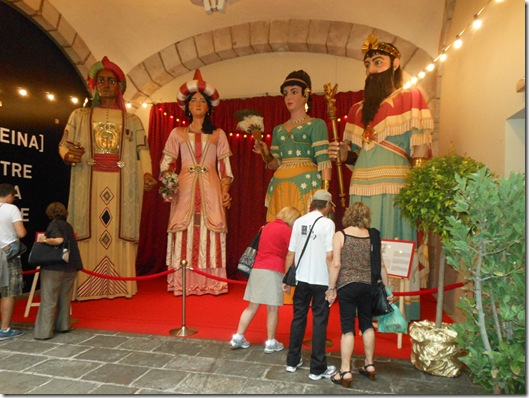
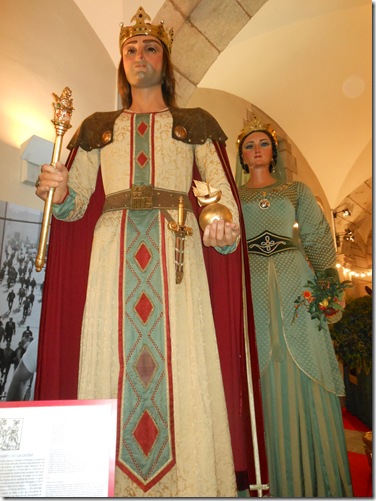
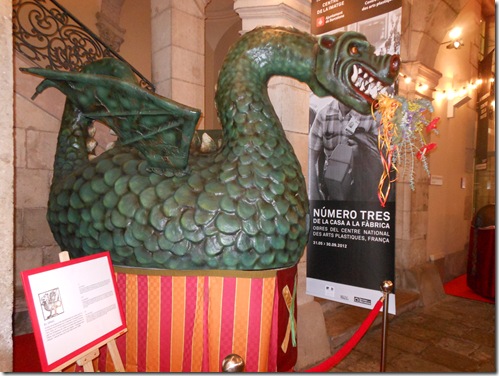

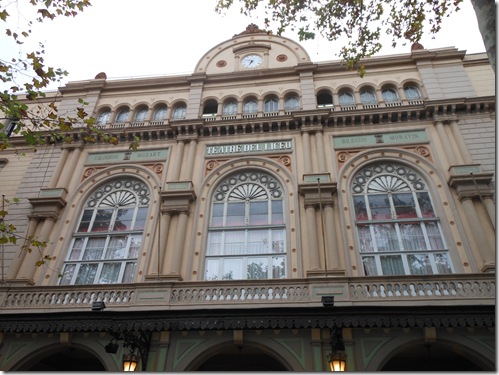
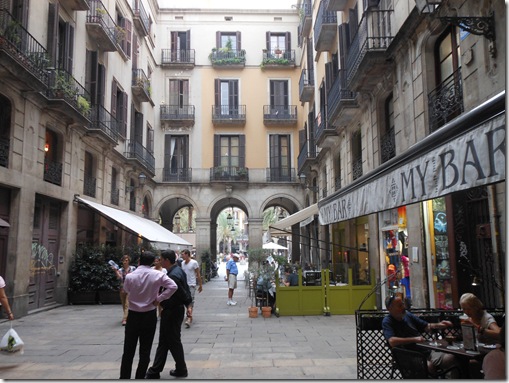
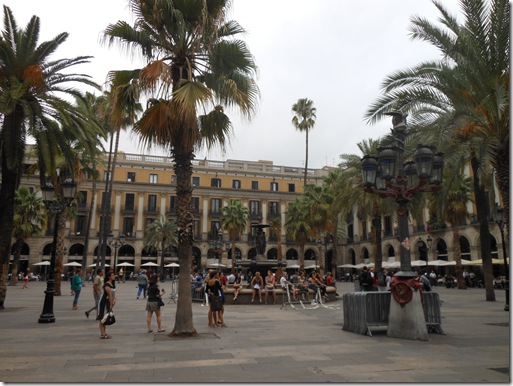
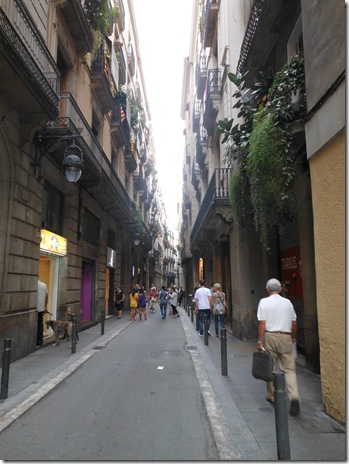
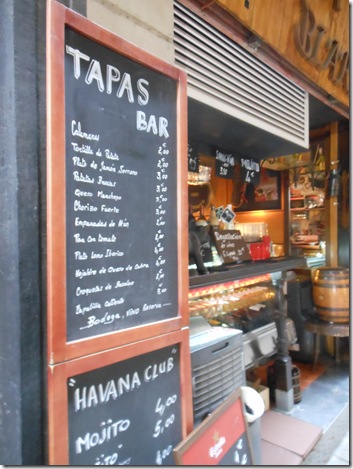
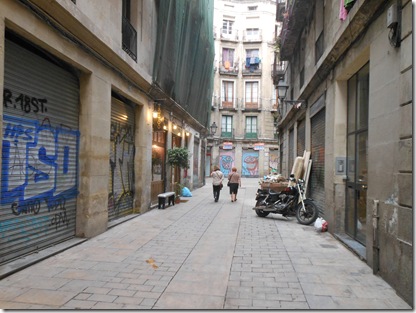
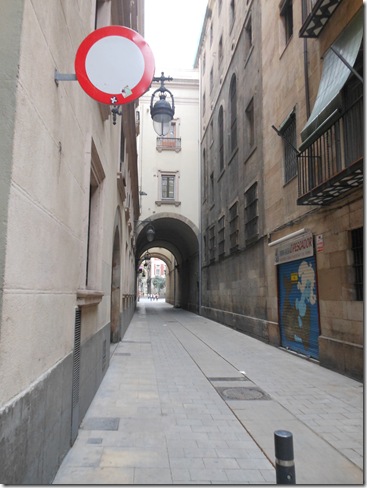
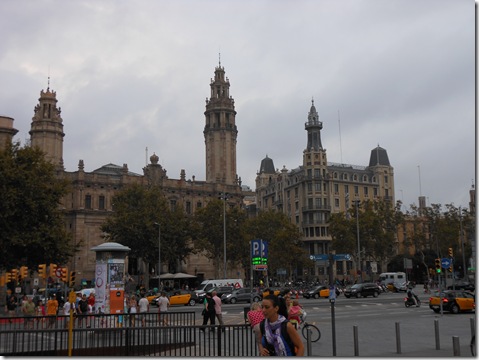
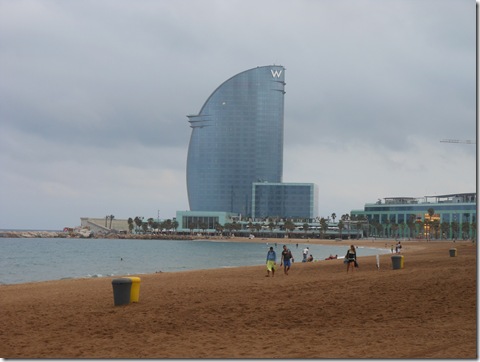
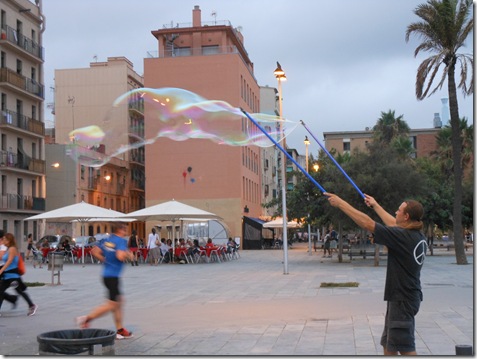
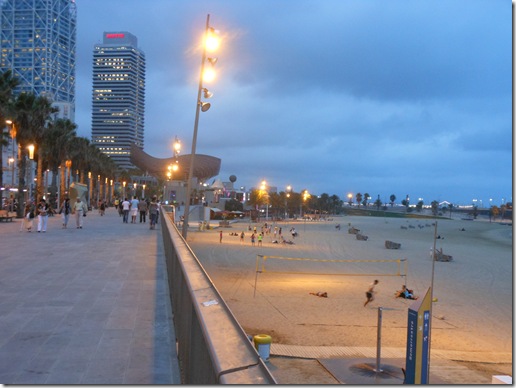
5 Comments
Comments are closed.